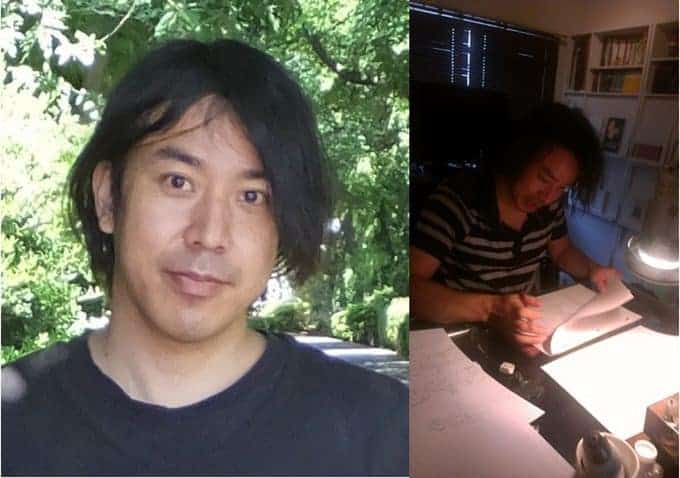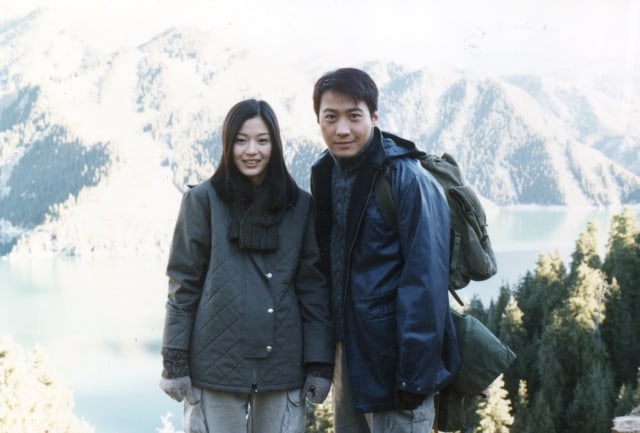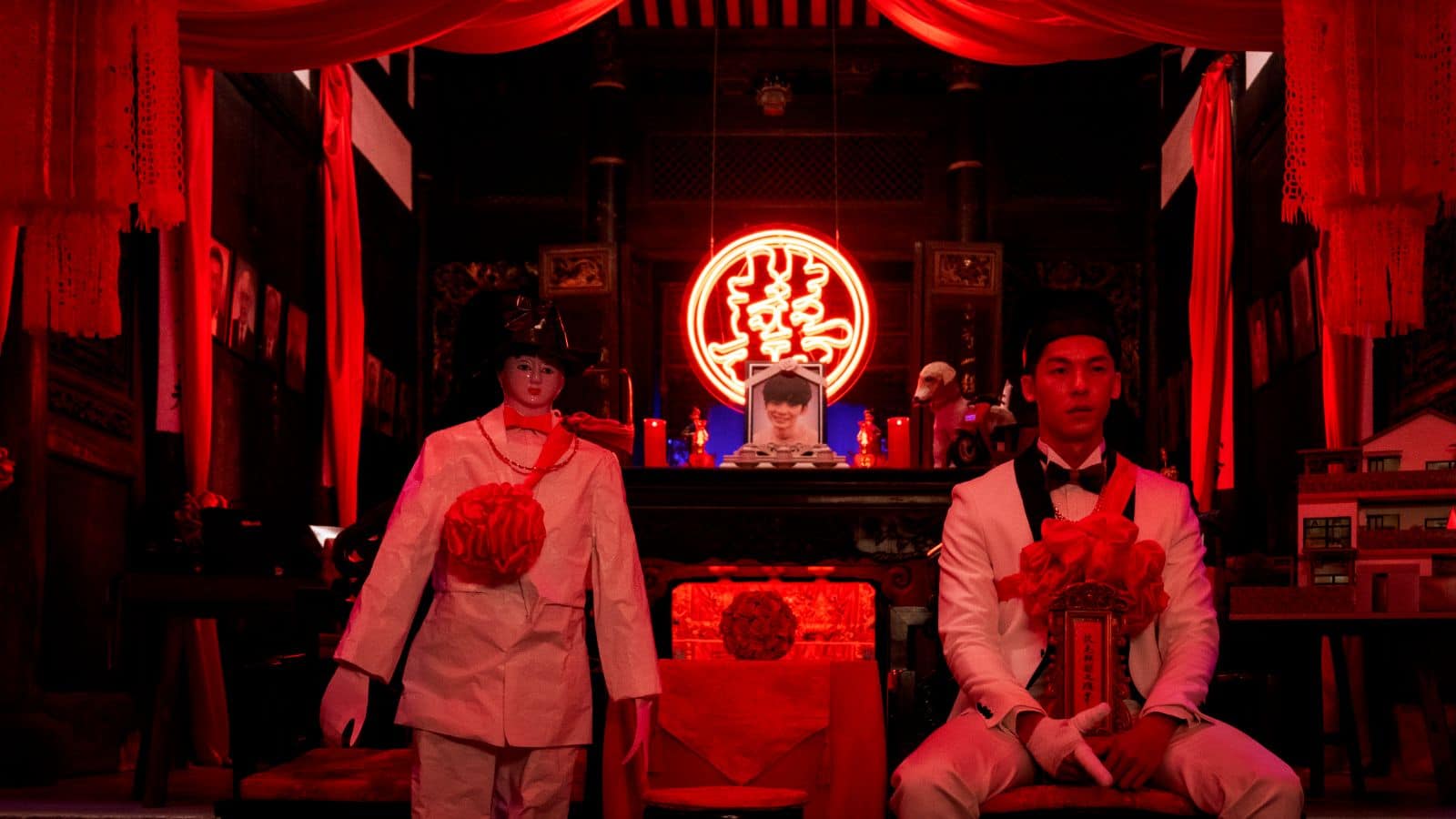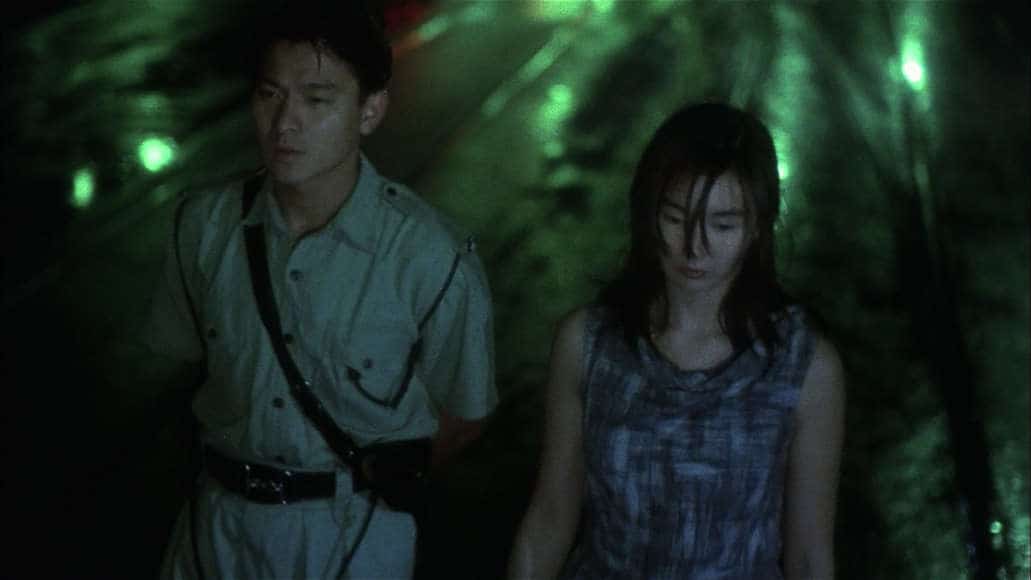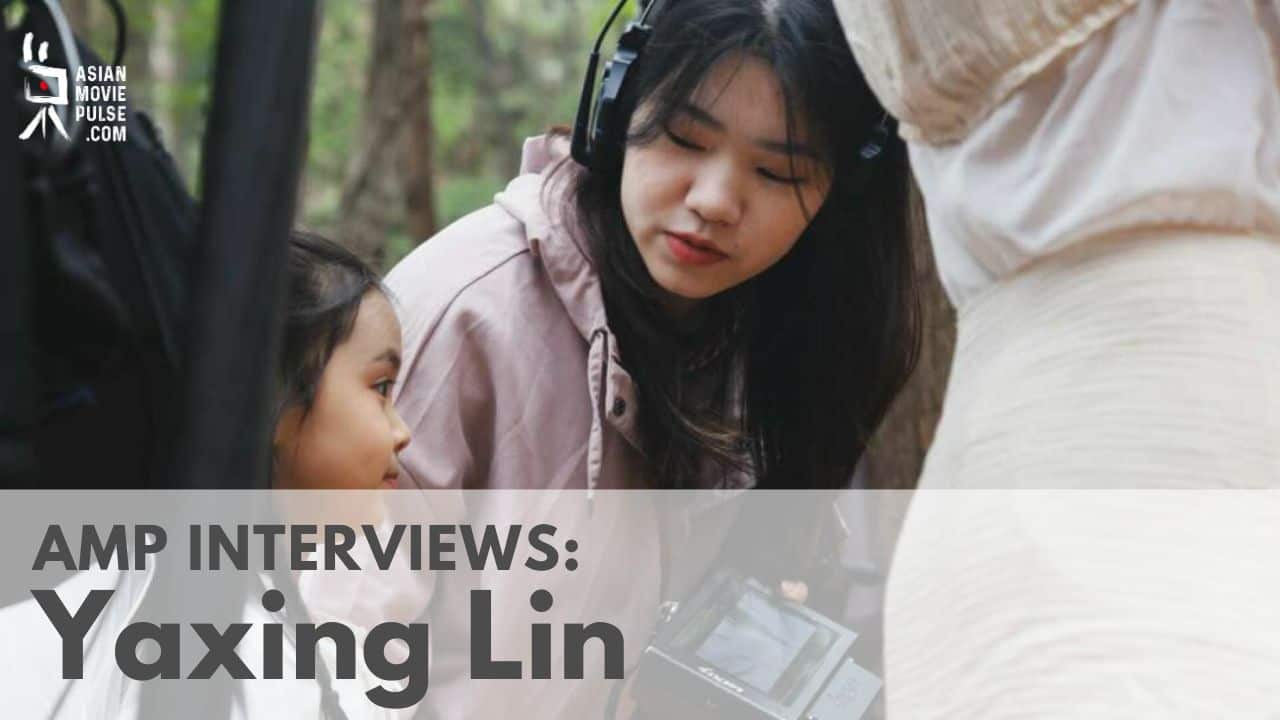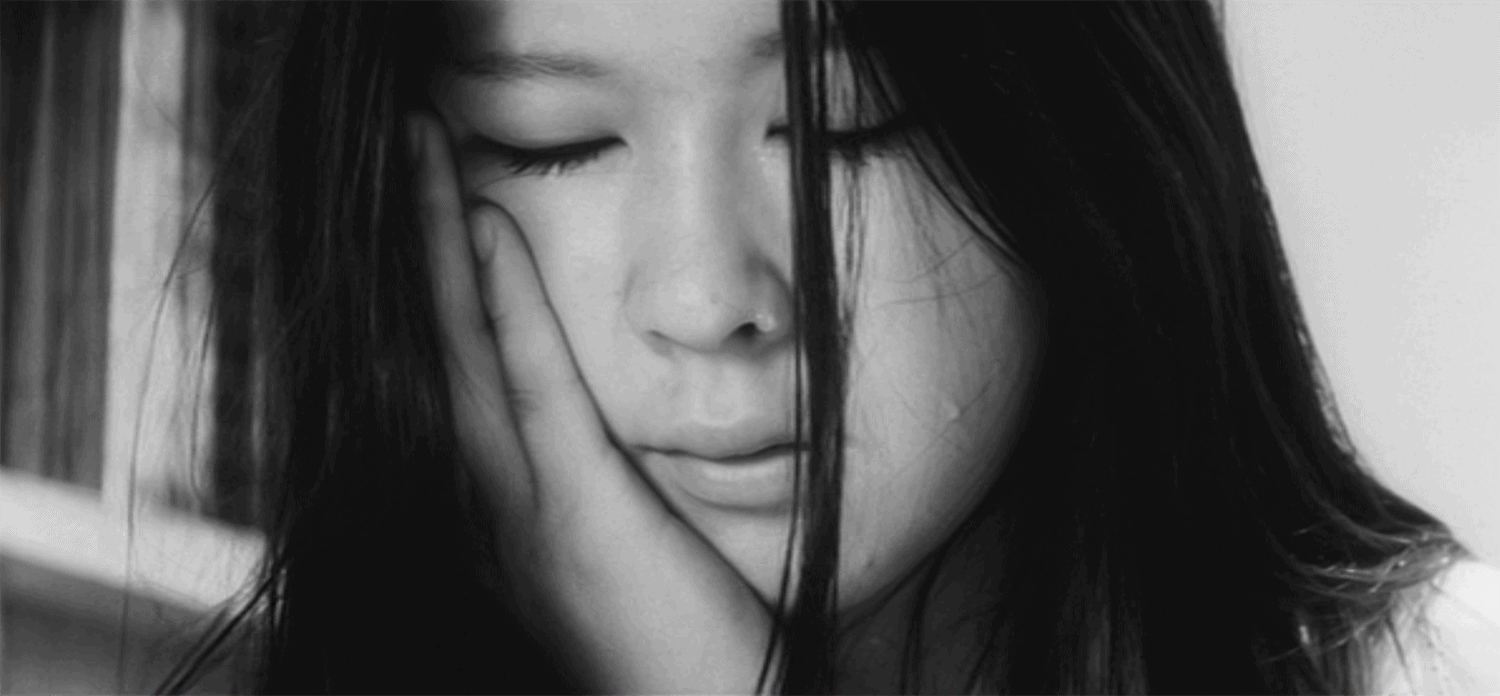Saku Sakamoto graduated from Tama Art University's Department of Graphic Design in 2000. His short animated works such as Makafushigi ('00) and Fisherman ('02) were selected for the Hiroshima International Animation Festival and received the first place Kirin Art Award. Since then, he has received numerous awards and his work has been introduced internationally through more than 10 film festivals including the International Film Festival Rotterdam.
He began his career as a freelance animation creator in 2002 and has worked with short films, opening titles for TV shows, commercials, promotional videos, visual effects for movies, and as a director and art director. He soon mastered these techniques, thus earning him the nickname “transcendent painter”. Recent works include creating digital effects for Ghost in the Shell 2: Innocence directed by Mamori Oshii and directing the original anime “Mattsu, Yamma and Moburi: ―The mystery of the seven gems and the flying castle”― and “Mattsu, Yamma and Moburi 2: ―Navy's treasure and islands with mystery to be hunted”- produced by Japanese animation studio ROBOT COMMUNICATIONS INC.to promote Japan's Ehime prefecture.
Osamu Fukutani is a director, screenwriter and producer. His credits include films like “The Last Supper”, “Ley's Line”and “Suicide Manual”
On the occasion of their film,”Aragne of Sign of Vermillion” screening at Fantasia International Film Festival

Can you give us some details about your experience in working for Ghost in the Shell 2: Innocence?
Saku Sakamoto: I actually worked for that film, but I wasn't at a position for deciding anything about the scenes. I was only doing some small parts. My work wasn't affecting the atmosphere of “Innocence”.
Is there something you learned from that experience?
SS: I didn't have any knowledge about animation before. I got that post from a connection from the Association of Japanese Animation, where animation makers get together and I also belong. Before that, I was just making animation by myself. I didn't even know some very common things for TV animators. My chief didn't get mad at my mistakes but just laughed, and he apologised to director Oshii who came to check, saying « I'm sorry for my newbie… »
It was a great chance to see the quality of professional work. Materials and rough sketches, which are not even used in the film, were drawn so precisely to give instructions of how the picture should be. I was impressed by their completeness of directions.
Did the worldview of “Innocence” influence you?
SS:I naturally like cyber punk and also typical Japanese animations with beautiful background. So it wasn't that the experience with Innocence influenced my worldview. It was rather that I had the chance to work for a project with a worldview I like.
Osamu Fukutani: They selected the very best staff in Japan for making “Innocence”. So it was a remarkable thing that they chose one young newcomer. Even if it was a small post, they credited his name. They wouldn't have relied on him if they didn't trust his skill.
SS: Before “Innocence”, I worked with director Oshii for a TV animation. Probably he made sure of what I can do at that point.
How difficult was running a one-man project for a feature animation? Can you give us some details about the way you accomplished the funding of the film?

SS: Probably people imagine that making a film all by oneself means a tough and hard work, and they don't really think about the advantage of it. Of course it is a lot of work to do it all alone. But if there are many people in the staff, it takes a steady direction. And it takes a lot of effort and imagination for everyone to approach what exactly the director wants. So it is fast in some way to do it all by myself without any need of explaining the image that I have in my mind. It is difficult to describe something not describable. If I make it all by myself, I can realise my abstract image, and understand the nuance of what I want. So I think there are many advantages of making film by oneself.
OF: About the funding, at first we were collecting the full amount by crowd funding. We were not about raising like ten million yen, but more as a small-scale project. We easily reached our first objective, 2000,000 yen (*about 23,344 CAD with the exchange rate at 18/07/18) there were not so many investors, but each amount was quite big. That made us think maybe we ought to do it more seriously. It was more like a small-scale independent film project at the beginning, with a short production term to make a shorter film about 60 minutes, but we decided to make it bigger. I went into debt and used some other ways to raise the funds. But on the other hand, if we have too many sponsors we also get too many opinions about the film from them. In that case, Sakamoto can't make freely what he really wants. So for the rest, I provided as much as possible.
How did you meet Mr. Fukutani ?
SS: It was 15-20 years ago. M. Fukutani was making an independent film as a director, and then someone introduced me to him. At that time, I've just graduated my school and wanted to get involved to any movie project. It was such an imaginative movie, just like a fantasy novel, which I love. I was doing VFX. I made a fairy-tale-like image that can't really exist in the real life, mixing my image and what Mr. Fukutani asked me for. He appreciated my work a lot, and I loved the story. That's how our cooperation began.
OF: It was for the movie « Lei's line ». It was an independent film, but I received several prizes at movie festivals, owing to his great CG. He became a professional after this and helped some of my productions and some works that I was involved.
Where did the inspiration for “Aragne” come from? In general, what inspires you to shoot films?
SS: I love architecture a lot, looking at what architects made or going into it. Maybe it affected the image of going into an apartment complex, and getting lost in a labyrinth-like place in it.
I made an independent animation film named « Fisherman » before meeting M. Fukutani. It was a story about flying fish swimming on a desert and a tribe hunting the fish. I made that film simply because I wanted to draw a gigantic fish, and then that movie won a prize at Hiroshima International Animation Festival. Above all, people found it interesting. When I thought of the next movie, I thought of insects because it was fish before. I didn't imagine that this idea would turn into a horror movie though. But I wanted to draw insects since that time.

The film combines supernatural with psychological terror. Why did you choose this approach?
SS: I don't have much knowledge about movie genres, Mr. Fukutani knows better than me. I just wanted to make what I find interesting, but since I was making it I wanted to make something that only me could make this time, putting everything; all the ideas, images, and stocks I accumulated to realise one day. I generally work in that way. Of course, if I make it simpler, the film would be clear and have a stronger message. I know it after working for several professional films. But I wanted to make a more complex piece rather than something simple and clean. I prefer things stuffed with what I really want to do than simple well-made, fine works.
The anime features much violence and gore. Why did you choose to include these elements in the film and what is your general opinion about the depiction of violence in movies?
No matter fair or foul, I like true things. It can turn into a nice story, but even if it becomes a decadent story I want a truth somewhere in it. It happens that people hate others, and they can't help it. For example, if someone got his son killed, he would want to kill the killer, and I find it real. I originally have this philosophy myself, so maybe it affected the film, as it was a horror movie.
I think there is a truth that we can only show in movies. If I make a film with a homicide as a principal character… even if I don't want to be a killer at all… but we can see some kind of truth through this homicide in the movie. It happens only in movies, I think. If it's a SF movie it will be about the truth of the universe, for a romantic movie it won't be just a beautiful story, it must come with awful pain and fights to be true. For this movie, it was about the truth of violence and homicide.
You used a technique, where the characters are presented in sketch form, with very little animation involved. Can you give us some more details about this aspect?
I simply didn't have enough time to finish it before the deadline… It will not be in sketch form like this when it's finished.
OF: It reminds me the “Grave of the fireflies” by Isao Takahata. They couldn't finish the climax scene before the film got released. So the scene where Setsuko the little girl dies was in sketch form. I saw that version in the theater; I found it amazing as a presentation.

Also, quite frequently, the camera moves up and down, a bit shakily. Why did you choose this tactic?
When I watched documentary-touched movies like Blair Witch Project, I felt that shaky camera work makes the film graphic, just like if a home video camera filmed it. When it's live action, it's just about filming rough. But in animation, we shake it on purpose. It makes the audiences feel actually being there. Also, it makes me feel like if I'm filming the character on the spot. It comes from a unique feeling with animation movies of wanting those characters to exist for real.
I found the drawing of the bugs and the background impressive. Can you elaborate on the way you drew and animated them?
About the background, it takes enormous time to hand-draw everything. Buildings are more suitable to be done by 3DCG than natural object. So I made them with 3DCG, and pasted the hand-drawn texture to show it as if everything was drawn by hand. For some scenes, I retouched with Photoshop too, trying to approach the animation technique that we are familiar with.
For the bugs, I used different techniques but mostly by 3DCG.
OF:This film was made in 1 year and a half. The releasing date was fixed mid-way and it gave us a pressure of dead line, but it can't be an excuse to lower the quality. He needed to be efficient. On the other hand, he had the advantage of making it by himself. He had the image of the film and just had to make it properly. There is no need for a useless friction. When characters and background are made in 3D, theoretically any camera work is possible. By using that method, he could get the satisfying result in short term. It was a characteristic part of this project.
SS: At the beginning, I was about making many parts by 3DCG. Making characters by 3DCG is a very efficient way. But the producer encouraged me to make a good film and show my best. For me, 2D was a better way to draw the vivid expression of the characters. So I decided to do it by 2D. We were short in time so maybe it caused troubles for the producer though.
OF: It was delayed, but not for years. It was tight though. But he made it anyhow.
SS: Producers usually have to tell us to be punctual, but Mr. Fukutani told me that I have to do my best to make a good film; it's meaningless if I don't make it really good.
QF: I'm originally a director, so…
What was the casting process for the film like?

SS: We started with an audition. We wanted to choose in mass recruitment. Mr. Fukutani settled it.
OF: At the beginning, it was a small-scale project for an independent film, which might have a possibility to be released in theaters if it's good enough. So we didn't think of popular voice actors. That's wh; it was an audition mainly with new faces. We received many applicants and chose the most actors in it, except the principal character.
SS: Many of them were from professional agencies though, thanks to the connection of Mr. Fukutani. We were surprised; there were more than a hundred applicants. It took us 4 days for the audition.
OF: It really surprised us. It was an independent film project by a director who hasn't won any big prize abroad; we didn't even know if it would be in theaters. We had a small budget so the pay wasn't so good either. Even then, there were so many of them wanting participate to this film. We were very thankful.
SS: There were gravure idols, idols, actors and new voice actors… They came from a very wide range.
OF: The reason why we didn't chose the principal character from the audition is, honestly we didn't find anyone standing out. We were getting more serious about this film and our expectation was getting higher. In the first place, we wanted to find someone with a voice like Kana Hanazawa's in an unknown new actress, and make her popular. It happened often for my own films to use new actors with potentials as principal characters. But Sakamoto had a very clear image of what he wants, and she had to have a high ability of acting also… the quality of pictures were getting higher too, so we decided to aim to release in the theaters. In that case, we needed someone well known and competent as a principal actress. So we decided to negotiate with Hanazawa. She and her agent accepted after they saw the proposal of the project.
What is your opinion of the anime industry at the moment?
SS: I haven't accomplished anything yet so this is only my personal opinion… As an animation fan, I love old original Japanese animations from the era that the animations were full of dreams and enthusiasm. It was the time I was crazy for animations. We don't have many original animations lately. I find it can be more preposterous. Probably it's because the projects are big in the film industry today, and we can't experiment too much. These are high quality films, but I find them mild.
Honestly, I don't know much about the animation industry in Japan so I don't want to say anything irresponsible. About this film, I was making it by myself so I knew that I couldn't be on par with the other steady projects. So I thought what I should do, to be competitive with the other project, is to focus on my originality.
For younger animators, your success with this film all made by yourself with the producer must be a big encouragement, correct?.
OF: When the word processor came out, people said anyone could become a novel writer. When the revolution of digital camera happened, they said even students could make theatrical films. We are having the similar situation in animation industry now. With the technology today, theoretically anyone can make a theatrical animation film with one computer. But after all, you can't be a popular writer only with a word processor. We have to remain competitive. Indeed, we have more chances to be novel writers compared to before. One talented person without any academic background can post a novel on the Internet instead of passing by a competition entry, and if an editor sees that the idea and the title were interesting, the novel might be published. Technology-wise, it's the same thing for the animation movie; it is now possible to make a theatrical animation by oneself. The rest depends on one's talent. It wasn't possible before, but now, we are on the start line with what Sakamoto accomplished. Maybe some junior-high students would be influenced by this movie a lot, some of them could be talented and they decide to make films by themselves. I think it is important that the possibility increase.

SS: There is a thing I don't want to be misunderstood. It takes time to make something good. And we are not saying that we don't need specialists of artwork or scenario writing, because one person can do everything. I actually felt that it makes better background if background specialists draw it, and we can make better quality piece if we take time. I think it is immutable that good thing takes time and specialists make better things.
OF: By the nature of films, it is not a certainty that if we take 5-10 years that we can make a masterpiece. It happens very often that an all-star cast movie is less good than we expect. On the contrary, in the past, we have several cases of low-cost movies made in 20 days or so, with no-name casts and obsessed staff that turned out very interesting and became big hits. One-man project can be topical but in common sense, it's normal to think a film made with 100 people must be better. But if it has a unique taste and interest a film made by one person can be of value for the audience. It's not fun if all the films in the world become like “Avengers” and Pixar animation just because many people like it. If a no-name film can compete with big projects with its idea, and the audience is happy to pay 2000 yen (the average price for a movie ticket in Japan), it is a good movie for them. It's not everyone who wants to watch Pixar 's movie. Even if the picture isn't so precise, it is a good film if we can satisfy the audience who got tired of movies with the same pattern by showing an unusual worldview with a camera angle that they've never seen before, with an interesting idea and a story, and good taste. I think our film has some technical defects. But we can feel its energy and the concentration that we can get only in short term, the creative power of a human in an extreme situation.
Are there any new projects you are working on at the moment?
SΣ: It is still the time to summarize this film and I haven't got the feedback yet, so I can't think anything else at this moment. But there are some short animation films abroad, which I found interesting, so I think there are many things I can try if I have an opportunity to make a film by myself again. I don't know if it's my next project, or much later, but this is my motivation to continue. I'd like to keep seeking the potential of animation.


